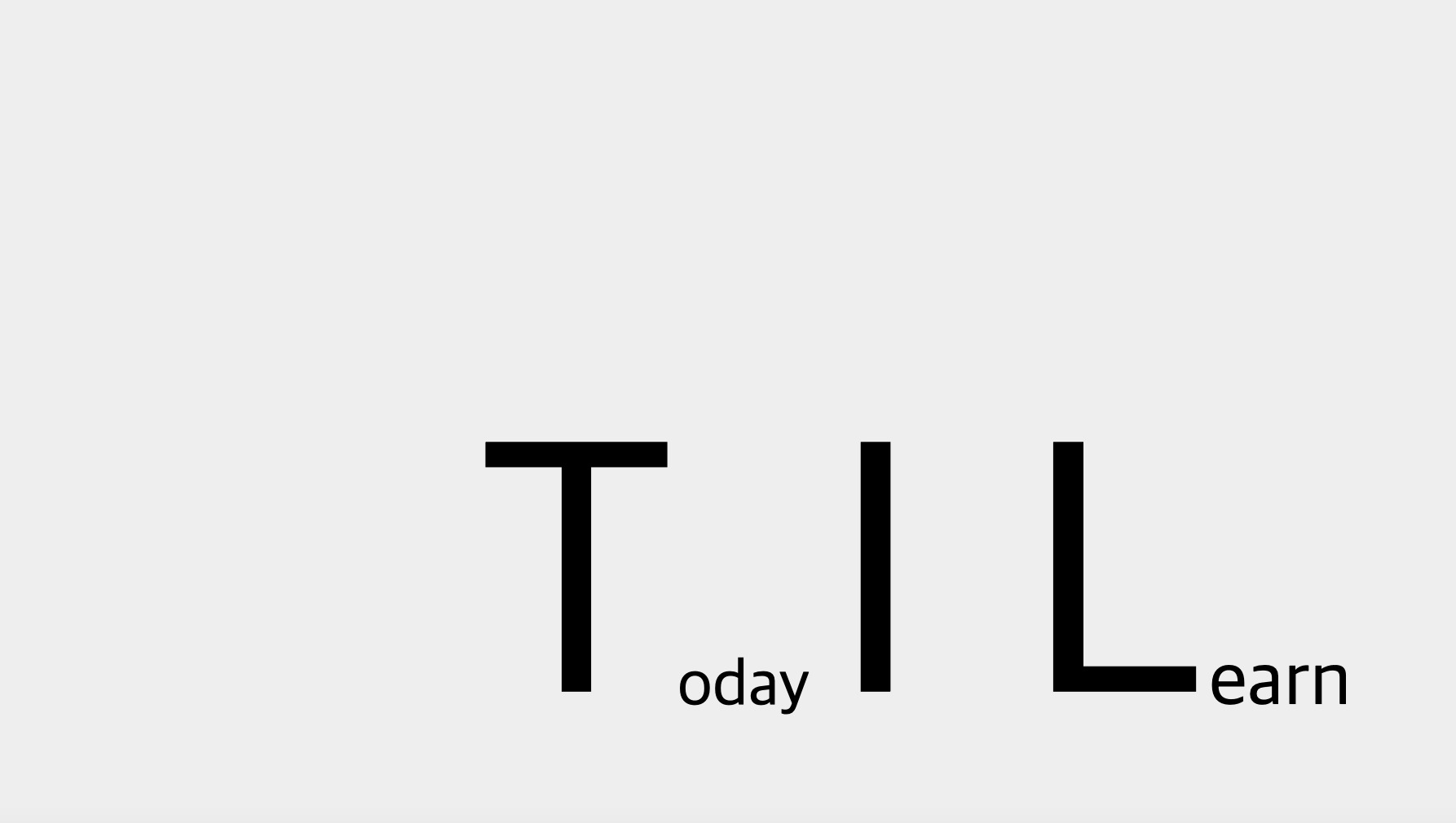
HTTP
: HyperText Transfer Protocol
(A communication method or promise that allows computers to send and receive HTML files)
2 Features of HTTP
1) Request and Response
2) Stateless :
Since each HTTP communication (request/response) is independent, it does not know the contents of past communication (request/response) at all. What does it mean to be completely unaware of the previous state?
For every communication, you must send a request with all the necessary information.
Therefore, if continuous data processing is required in the process of multiple communication (request/response) (eg, shopping cart function after logging in at an online shopping mall), technologies such as a login token or browser cookie, session, and local storage are created out of necessity.
Request & Response
1. Request Message Structure
1) Start Line : The first line of request. There are three parts in this Start line.
1. HTTP Method: 해당 요청이 의도한 액션을 정의하는 부분. 주로 GET, POST, DELETE가 많이 쓰임
2. Request target: 해당 request가 전송되는 목표 url
3. HTTP Version: 말 그대로 사용되는 HTTP 버전을 뜻한다. 주로 1.1 버전이 널리 쓰임
GET /login HTTP/1.1
해석: GET 메소드로 login 이라는 요청 타겟에 HTTP 1.1 버전으로 요청을 보내겠다!2) Headers : This part contains additional information (meta data) about the request.
Key: Value 값으로 되어있다 (JavaScript의 객체, Python의 딕셔너리 형태라고 보면 된다)
자주 사용되는 Headers 의 정보에는 다음이 있다
Headers: {
Host: 요청을 보내는 목표(타겟)의 주소. 즉, 요청을 보내는 웹사이트의 기본 주소가 된다
(ex. www.apple.co.kr)
User-Agent: 요청을 보내는 클라이언트에 대한 정보 (ex. chrome, firefox, safari, explorer)
Content-Type: 해당 요청이 보내는 메세지 body의 타입 (ex. application/json)
Content-Length: body 내용의 길이
Authorization: 회원의 인증/인가를 처리하기 위해 로그인 토큰을 Authroization 에 담는다
}3) Body : The actual content of the request. The method that mainly uses Body is POST.
ex) 로그인 시에 서버에 보낼 요청의 내용
Body: {
"user_email": "wecode@gmail.com"
"user_password": "wecode"
}2. Response Message Structure
1) Status Line : The status line of the response. The response begins with the content by notifying the client of the processing status of the request. The Status Line of the response also consists of three parts.
1. HTTP Version: 요청의 HTTP버전과 동일
2. Status Code: 응답 메세지의 상태 코드
3. Status Text: 응답 메세지의 상태를 간략하게 설명해주는 텍스트
HTTP/1.1 404 Not Found
해석: HTTP 1.1 버전으로 응답하고 있는데, 프론트엔드에서 보낸 요청(ex. 로그인 시도)에 대해서
유저의 정보를 찾을 수 없기 때문에(Not Found) 404 상태 메세지를 보낸다.
HTTP/1.1 200 SUCCESS
해석: HTTP 1.1 버전으로 응답하고 있는데, 프론트엔드에서 보낸 요청에 대해서 성공했기 때문에
200 상태 메세지를 보낸다.2) Headers : Same as request header. This part contains additional information (meta data) of the response. However, there is header information used only in response. (Ex. Instead of User-Agent containing information of the requesting browser, Server header is used.)
3) Body : It is generally the same as the body of the request. As the body does not always exist depending on the method of the request, depending on the response type, if there is no need to transmit data, there may be no Body. The most used data type of Body is JSON (JavaScript Object Notation).
ex) 로그인 요청에 대해 성공했을 때 응답의 내용
Body: {
"message": "SUCCESS"
"token": "kldiduajsadm@9df0asmzm" (암호화된 유저의 정보)
}HTTP Request Methods
1. GET
- As the name suggests, this method is mainly used when receiving (GET) some data from the server.
- It is used when data only is received.
- The simplest and most used HTTP method (actually, when we open a web page, we send a request to the GET method for all necessary information and display the received response on the screen)
- Searching for products in the shopping cart
(축약된 요청 메세지)
GET /shop/bag HTTP/1.1
Headers: {
"HOST": "https://www.apple.com/kr"
"Authroization": "kldiduajsadm@9df0asmzm" (유저가 본인임을 증명할 수 있는 인증/인가 토큰)
}
(축약된 응답 메시지)
HTTP/1.1 200 SUCCESS
Body: {
"message": "SUCCESS"
"carts": [
{
"productId": 10
"name": "Pro Display XDR - Nano-texture 글래스"
"price": "₩7,899,000"
"quantity": 1
},
{
"productId": 20
"name": "Mac Pro"
"price": "₩73,376,000"
"quantity": 2
}
]
}2. POST
- Methods mainly used when creating/modifying data
- Since it is used a lot when creating and modifying data, in most cases, the body is sent with the request.
*putting products into the shopping cart
(축약된 요청 메세지)
POST /shop/bag HTTP/1.1
Headers: {
"HOST": "https://www.apple.com/kr"
"Authroization": "kldiduajsadm@9df0asmzm" (유저가 본인임을 증명할 수 있는 인증/인가 토큰)
}
Body: {
product: {
"productId": 30
"name": "12.9형 iPad Pro Wi-Fi + Cellular 128GB"
"color": "스페이스 그레이"
"price": "₩1,499,000"
"quantity": 1
}
}
(축약된 응답 메시지)
HTTP/1.1 201 SUCCESS
Body: {
"message": "SUCCESSFULLY CARTS UPDATED"
}3. DELETE
- Method used when sending a request to delete specific data from the server
- Deleting products from the shopping cart
(축약된 요청 메세지)
DELETE /shop/bag/30 HTTP/1.1
Headers: {
"HOST": "https://www.apple.com/kr"
"Authroization": "kldiduajsadm@9df0asmzm" (유저가 본인임을 증명할 수 있는 인증/인가 토큰)
}
(축약된 응답 메시지)
HTTP/1.1 201 SUCCESS
Body: {
"message": "productId 30 DELETED"
}Status Code
- Response Status Code
Just by looking at this Status Code, you can determine whether the response was correct or not.
200: OK
- 가장 자주 보게되는 Status Code
- 문제없이 요청에 대한 처리가 백엔드 서버에서 이루어지고 나서 오는 응답코드
- 우리는 모두 200 OK 를 원한다
201: Created
- 무언가가 잘 생성되었을 때에(Successfully Created) 오는 Status Code
- 대게 POST 메소드의 요청에 따라 백엔드 서버에 데이터가 잘 생성 또는 수정 되었을 때에 보내는 코드
400: Bad Request
- 해당 요청이 잘못되었을 때 보내는 Status Code
- 주로 요청의 Body에 보내는 내용이 잘못되었을 때 사용되는 코드
ex) 전화번호를 보내야 하는데 숫자가 아닌 문자열의 주소가 대신 Body에 담겼을 경우
401: Unauthorized
- 유저가 해당 요청을 진행하려면 먼저 로그인을 하거나 회원가입이 필요하다는 의미
ex) wish list, 좋아요 기능은 회원이 아니면 요청을 보낼 수 없음
403: Forbidden
- 유저가 해당 요청에 대한 권한이 없다는 뜻
- 접근 불가능한 정보에 접근했을 경우
ex) 오직 유료회원만 접근할 수 있는 데이터를 요청 했을 때
404: Not Found
- 요청된 URI 가 존재하지 않는다는 의미
500: Internal Server Error
- 서버에서 에러가 났을 때의 Status Code
- API 개발을 하는 백엔드 개발자들이 싫어하는 코드
(프론트는 내 잘못 아니라는 것을 알 수 있는 코드)
Reference
https://developer.mozilla.org/en-US/docs/Web/HTTP/Status
